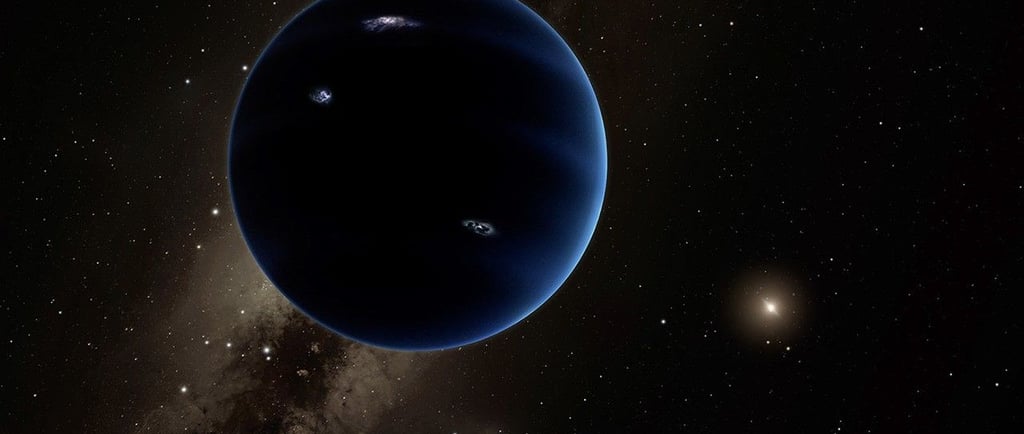Planet X: The Planet Beyond Pluto


Introduction to the Hypothetical Neptune-Sized Planet
In the vastness of our solar system, there may exist a planet yet undiscovered, a Neptune-sized body that orbits our sun far beyond Pluto. This theoretical planet is believed to possess a mass between five to ten times greater than that of Earth, and its distance from the sun is estimated to be about 20 to 30 times further than Neptune. Such a significant distance raises intriguing questions about the dynamics of our solar neighborhood.
The Orbital Characteristics of the Theoretical Planet
According to astronomers, if this planet exists, it takes between 10,000 and 20,000 Earth years to complete one full orbit around the sun. The long orbital period suggests that this hypothetical world may not be easily detectable with current technologies, raising the urgency for enhanced astronomical tools. Furthermore, this planet's gravitational influence could provide insights into the peculiar orbits observed among certain smaller celestial objects in the Kuiper Belt, a vast region of icy remnants that extends far beyond Neptune.
Significance of Gravitational Patterns
The existence of this hypothetical planet is primarily inferred from gravitational patterns exhibited in the outer solar system. These patterns indicate that there may be unseen objects exerting a force on known celestial bodies, potentially driving them into unusual orbits. The role of this Neptune-sized planet, if confirmed, might be crucial in explaining the dynamics of the Kuiper Belt, which remains largely unexplored and mysterious.
Although the search for this enigmatic planet continues, it is essential to address that its existence remains theoretical. As scientists develop improved models and conduct more exhaustive surveys, the hope is to find definitive evidence of this celestial body. Whether this planet is a solitary giant or part of a larger family of distant worlds, its discovery would significantly reshape our understanding of the outer realms of our solar system.
